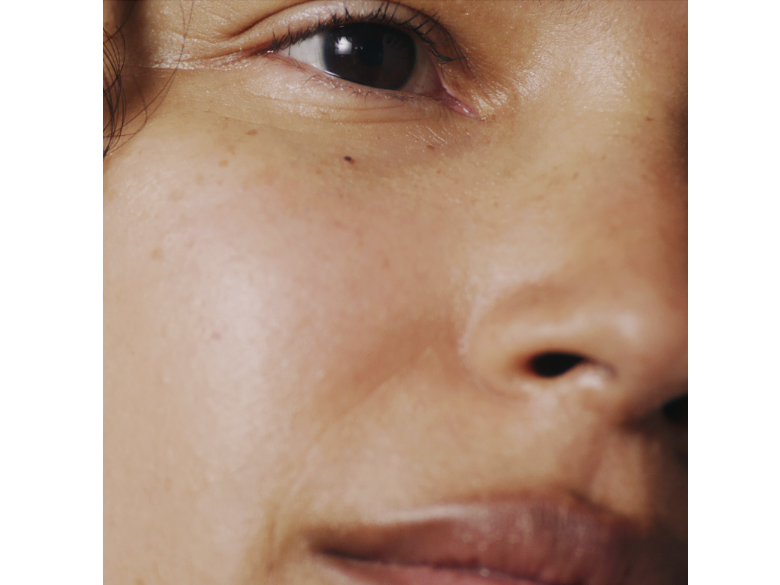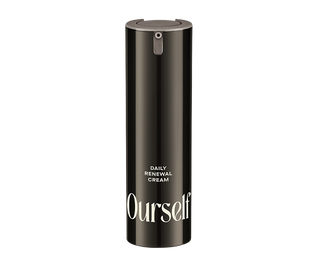
When topicals aren’t delivering IPL treatment might help you see great results when you need it most. From dark spots to texture to sun damage and other premature signs of aging, let’s take a look at IPL treatments and what benefits they have to offer.
What Exactly Is an IPL Treatment?
Intense pulsed light therapy, or IPL, is frequently also referred to as a photofacial. It’s a popular, sought-after treatment by those with discoloration or skin texture issues who don’t want to try invasive procedures.
In addition to reducing the appearance of texture, wrinkles, and dark spots, IPL treatments are great for hair removal, lessening the appearance of sun damage, making varicose veins less noticeable, and several other issues.
These penetrating light rays also gently warm the bottom-most layers of our skin, prompting the regeneration of collagen and new skin cells. This allows your skin to enjoy a more youthful and radiant appearance from the inside out.
What Are the Benefits of IPL Treatment?
After one to three treatments, patients may enjoy brighter skin, less noticeable pores, and a smoother texture.
With a relatively low discomfort level and a fairly quick recovery time (lasting as little as two to three days), IPL treatment is one of the best options for a variety of skin issues.
In addition to delivering noticeable cosmetic results, IPL treatments can help kill bacteria lingering on your face. The absence of excess bacteria will further allow you to enjoy an overall reduction in redness, inflammation, and breakouts.
Furthermore, the gentle light pulsations from an IPL treatment penetrate the deepest levels of your skin, gently warming it. In turn, this encourages the growth and reproduction of collagen cells. While a photofacial may not be an antiaging “treatment” per se, patients may achieve a more youthful appearance thanks to the smoother skin texture, less visible wrinkles, and plumpness experienced after experiencing IPL.
How Does IPL Treatment Work?
Before beginning the procedure, your medical professional will cleanse the area to be treated to ensure it is free of cosmetics, moisturizer, or other products. Next, they’ll apply a clear gel over your skin and guide a wand across the area as light pulsations penetrate down to the depths of your skin.
This light gives off heat which gently warms the cells and breaks them down before they are flushed out of your body naturally. Smaller areas might be finished within 30 minutes or so. Other larger areas could take an hour or more to treat.
What Are Some Tips for the Days Before IPL Treatment?
Preparation is key for a successful IPL treatment. How you prepare could very well determine exactly how long or intense your recovery time will be.
In the weeks before your treatment, you should avoid tanning beds or collagen shots. This could lead to your skin being much more sensitive than usual, which might cause painful blistering. If you are a smoker, you may be advised to press pause on that habit for at least six weeks in advance.
Retinols and retinoids should be avoided before your IPL treatment and during the recovery phase as well due to their potent nature. You should continue to wear SPF both before and after treatment.
IPL treatments should not be performed on recently chemically peeled or waxed areas. Your skin will already be sensitive after those procedures, and an IPL treatment won’t help.
Certain medications, like doxycycline, may also make your skin more sensitive than it normally is. If this is the case, you might need to check with your physician and avoid specific prescriptions for a bit. If you use any over-the-counter medications like aspirin, you’ll need to discontinue use a few days before your treatment.
Just as external hydration will be important, so will internal hydration, both before and after your treatment. Make sure you are drinking a great deal of water every day. You should try to drink two liters of water daily on a regular basis—aim for three a day before and after a photofacial.
What Should I Expect After Treatment?
Immediately after your treatment, you might feel like you’ve gotten a sunburn. Ice packs or a cool washcloth are great ways to ease the discomfort.
That said, you’ll want to avoid hot and steamy environments for at least 48 hours. This means laying off the scalding hot water when you shower, staying away from the sauna, and resisting the urge to bask in a hot bubble bath. While it’s perfectly okay to shower, take care not to expose the treated area directly to hot water.
For the first week after your treatment, you’ll need to avoid exfoliating the area, whether it be with a chemical exfoliant or a physical, more abrasive one. Your skin will be more tender after the procedure, and this could cause unwanted irritation and discomfort. For this week, you should forego makeup, moisturize heavily, wear SPF, and talk to your technician about when it might be safe to return to your normal routine.
Most patients undergo between three to seven sessions before seeing full results while waiting between two and four weeks between each treatment. When it’s all said and done, these results should last for about a year. You can get smaller touchup treatments done to help prolong your results and enjoy the full effects for as long as possible.
What Should I Know About Side Effects and Recovery?
As with all skincare procedures, IPL treatments should only be performed by a licensed professional. Even then, there could still be side effects after the fact. Some of these may include:
- Scarring
- Swelling
- Mild pain or general discomfort
- Bleeding
- Infections where the skin has broken
- Redness or blistering
- Flaky, dry skin texture
If these symptoms worsen or do not dissipate within a few days, or if you begin to feel ill, contact your physician.
Who Should Avoid IPL Treatment?
Those who are taking particular types of prescription medication might not be cleared for an IPL treatment or other photofacials at all. As we said earlier, certain medications can make your skin more sensitive than others, which could lead to irritation and discomfort.
Medication or not, those with certain skin conditions or experiencing uncomfortable active outbreaks may not be the best candidates for photofacials. Women who are pregnant, breastfeeding, or trying to become pregnant should also hold off on this procedure.
If you are recovering from a sunburn, have keloid scars, or are sensitive to light treatments, at-home regimens like serums or other creams might be the better choice for you. Additionally, dermatologists unfortunately do not recommend IPL for darker skin tones, as IPL targets darker pigment and may result in discoloration or damage.
Instead, consider scheduling a virtual consultation with one of our clinical estheticians. This personalized 30-minute session will allow you to ask questions about your skin, build a custom skincare routine, and help address whatever concerns you may have.
The Bottom Line
When encountering a stubborn skincare dilemma, an IPL treatment may do wonders in terms of rectifying the issue. While it’s important to do your homework and follow your technician's preparation and recovery rules religiously, the long-term results can be impressive.
Our Mineral Sunscreen Broad Spectrum SPF 50 and Daily Renewal Cream Rich are just two essential tools in our kit that can make sure your skin is nourished, protected, and shielded from the elements—all of which will be essential leading up to and following an IPL session. Explore the rest of our lineup to see how you can best keep your skin smooth, plump, and hydrated long after your procedure has been completed.

